Monitoring and Promoting Recovery Modalities – Part 1
I have recently (i.e., since February, 2024) started working with the Serbian Women Football National Team as a S&C coach (as much as there can be S&C in 10 days of team gathering, with two matches and international travel), as well as sports scientist. The budget is zero and pretty much everyone is volunteering in the coaching staff. In those conditions we have managed to implement few monitoring strategies involving our AthleteSR and me writing R code and creating dashboards using novel Quarto Dashboard extensions.
One of the things we collect is the morning wellness, which involves rating sleep quality, energy level, mood, body soreness (or pain sensations. or better yet, concern areas), as well as period information (Figure 1).
Figure 1: Morning Wellness in AthleteSR
Once we collect these, we gather up, discuss them (e.g., the agile “stand-up” meeting/ceremony), and write extra notes in the free Trello app, which is our visual management tool (Figure 2). I will expand more about these and other dashboards in upcoming article series.
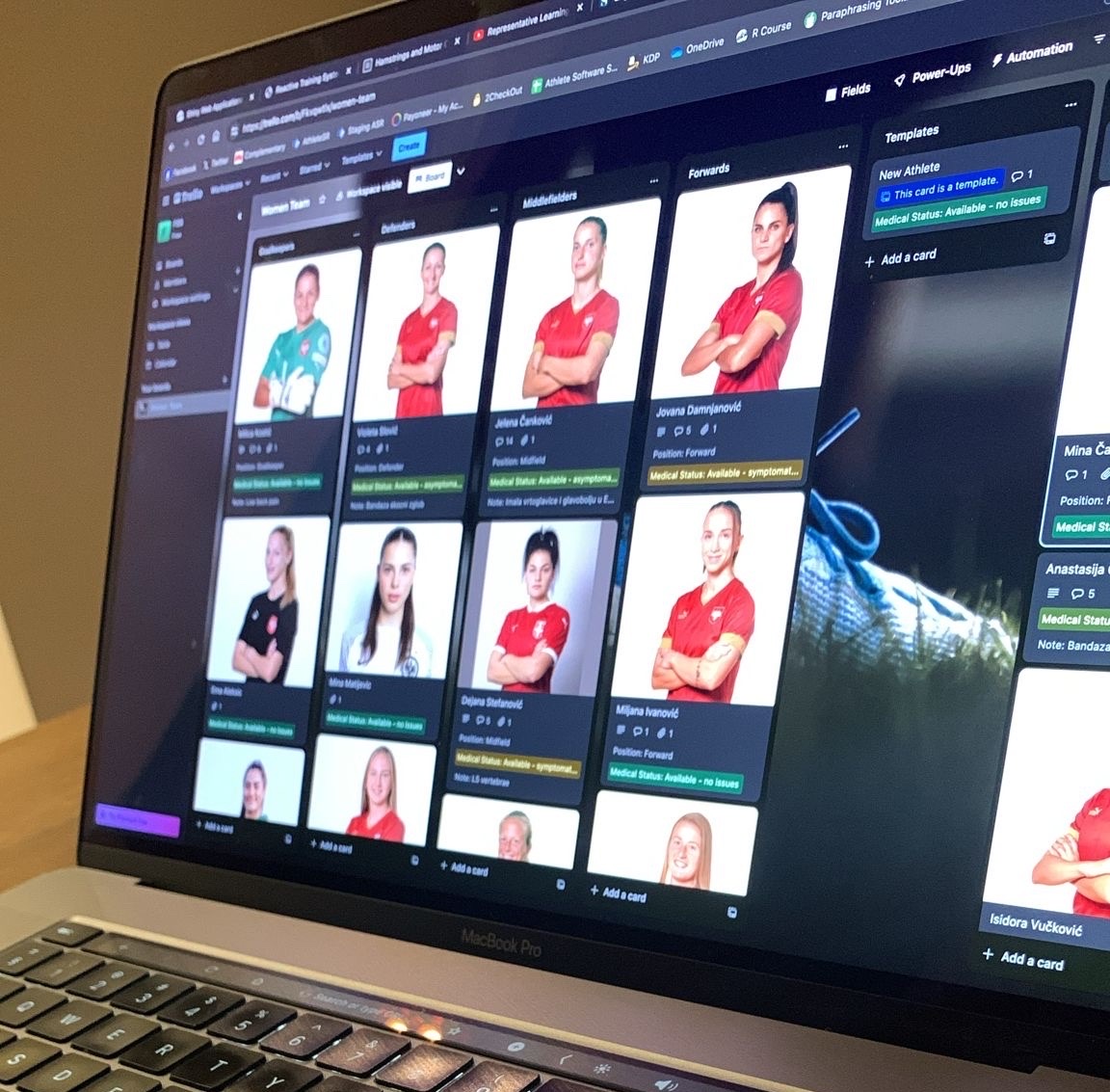
Figure 2: Visual management using Trello
Collecting wellness is fine for tracking, but we also want to promote athletes’ individual responsibility for taking action. For example, “How recovered do you feel [1-10]” or “What is your energy level for training [1-10]” is fine for tracking recovery, but what is more important are the active questions: “Did you do your best to recover between training sessions [1-10]” (Goldsmith and Reiter 2016). It is not only about whining, but taking action and promoting individual responsibility. Besides, these types of questions serves as a reminder and help in habit formation, which is exactly what we want.
The legendary S&C coach Dan Baker once emailed me a sign that was up in the Brisbane Broncos Rugby team facilities. It basically makes the point that you should take accountability for improving recovery by doing whatever it takes (Figure 3). This is exactly the behavior we want to promote with the athletes.

Figure 3: Poster in Brisbane Broncos rugby team. Courtesy of Dan Baker
Although active questions (i.e., “Did you do your best to recover between training sessions [1-10]”) are interesting in theory, we need to be more specific by enlisting all the potential activities we want to promote doing, and avoid doing, that influence the recovery process.
I remember seeing this type of recovery modalities/actions questionnaire somewhere, so I started digging. I have found one list by Tim Rowland from 2018 on Facebook (Figure 4), which I reposted on Twitter/X and asked for some insights and help from fellow coaches and researchers regarding this topic. Some of the answers directed my search in the right dimension, but also provided few examples of questions implemented in clubs with athletes.
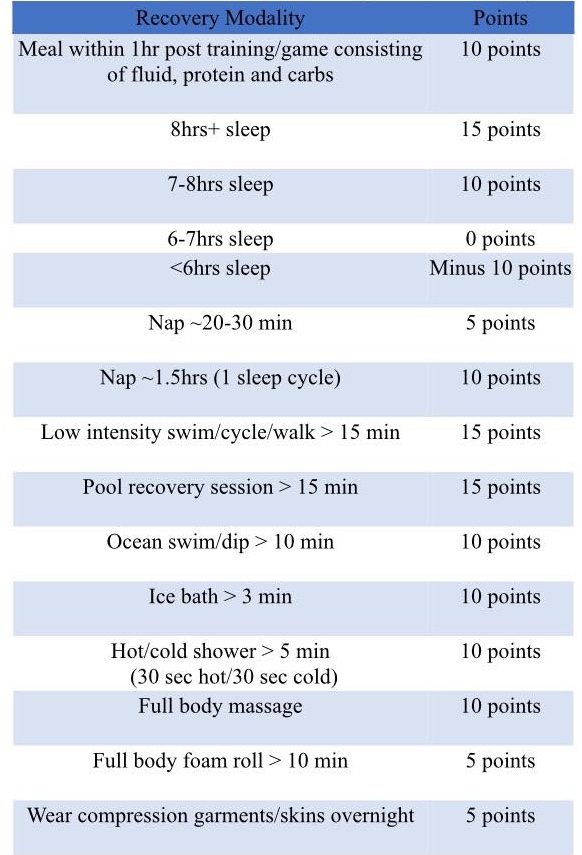
Figure 4: List by Tim Rowland posted on Facebook group in 2018 which was my starting point
Although I started compiling my own categories and lists while I was with the National Team in the recent gathering/camp (which I will cover in the second part of this article), digging deeper into the research, I have found that I stand, as always, on the shoulder of giants.
Kenttä and Hassmén (1998) created the total quality recovery (TQR) process framework (Figure 5), which consists of two scales or aspects: a perceived recovery scale (TQRper) (Figure 5a) and a more objective assessment of recovery activities (TQRact) (Figure 5b). Kenttä and Hassmén (1998) proposed four recovery categories (Figure 5b):

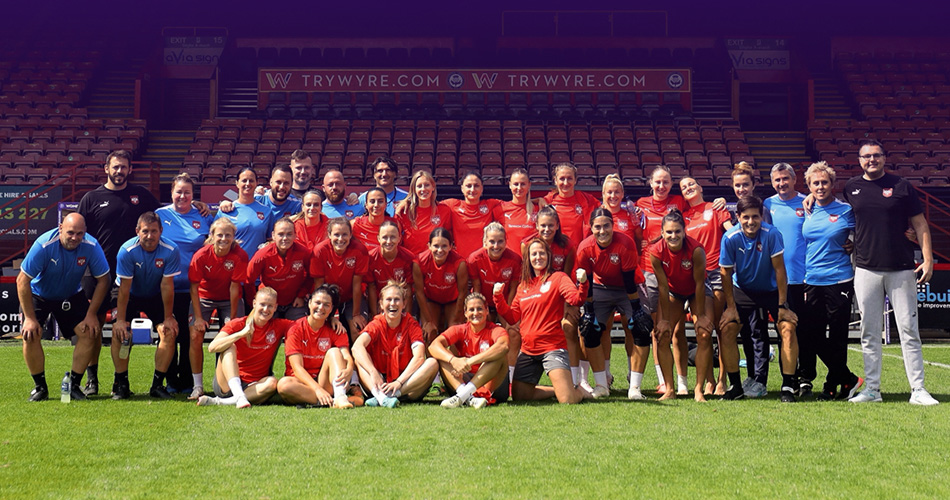
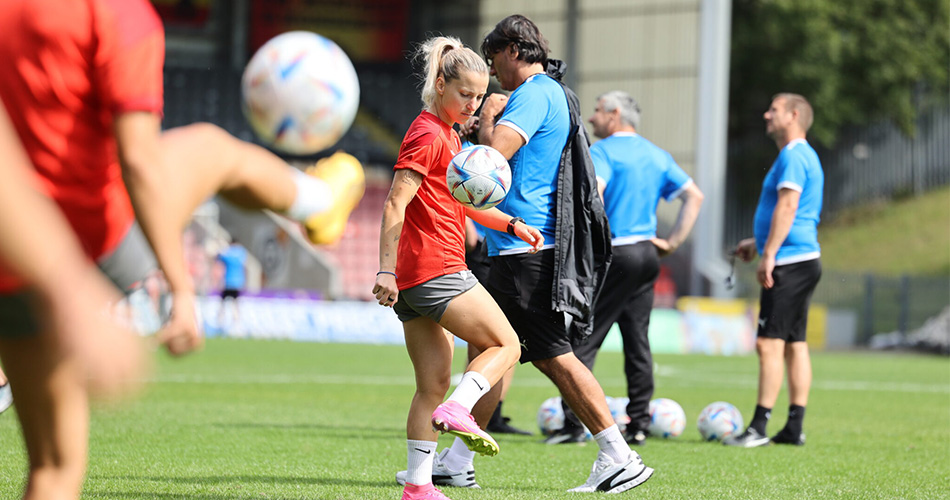
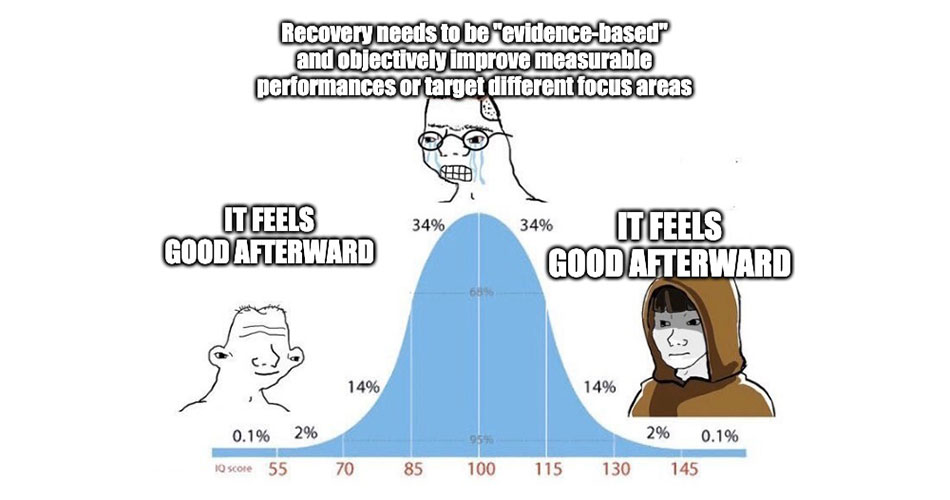
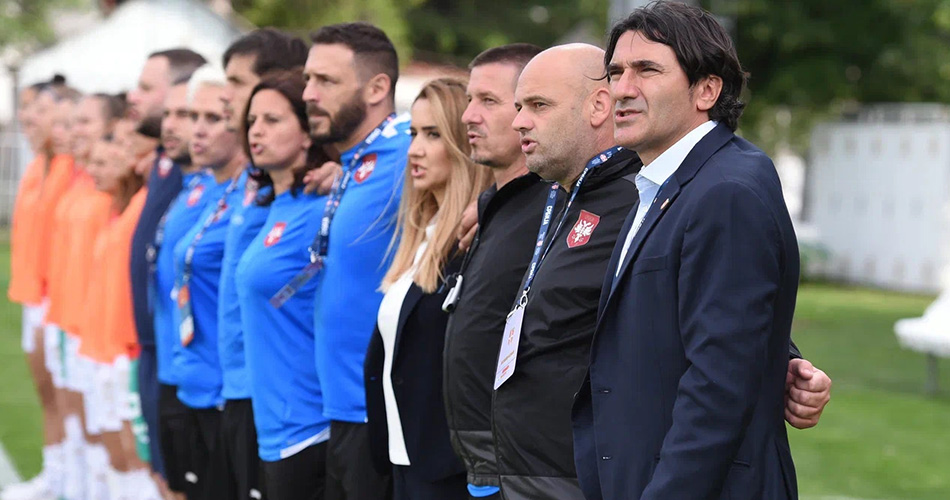






Responses